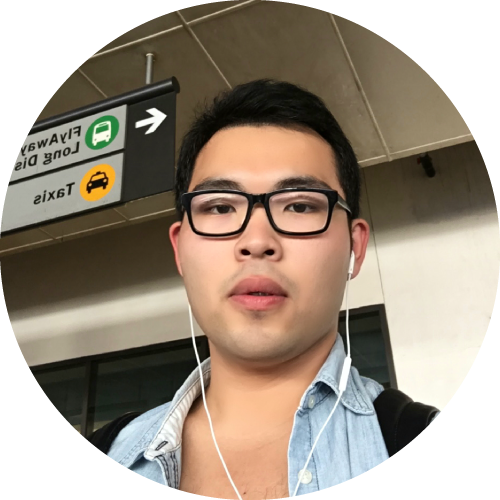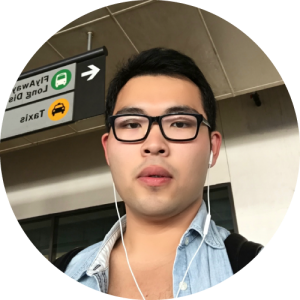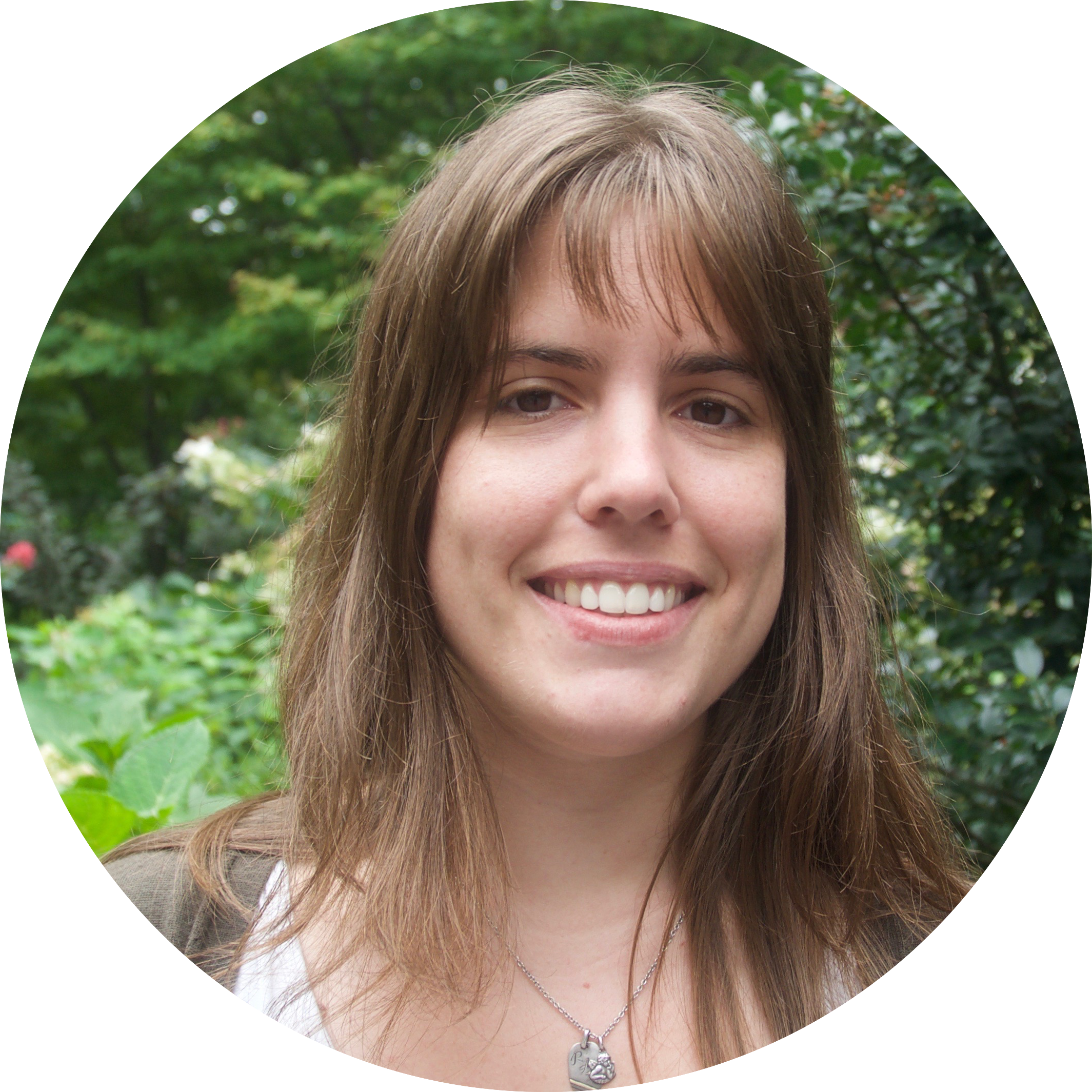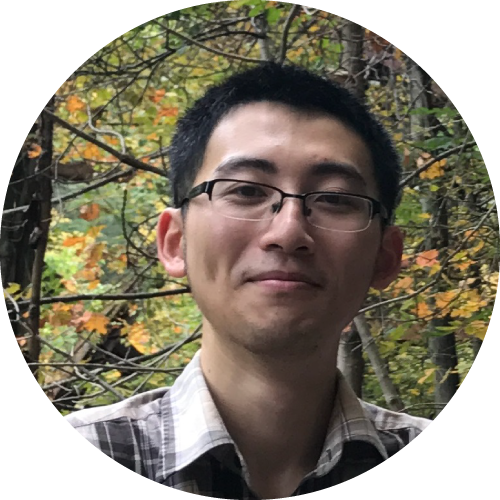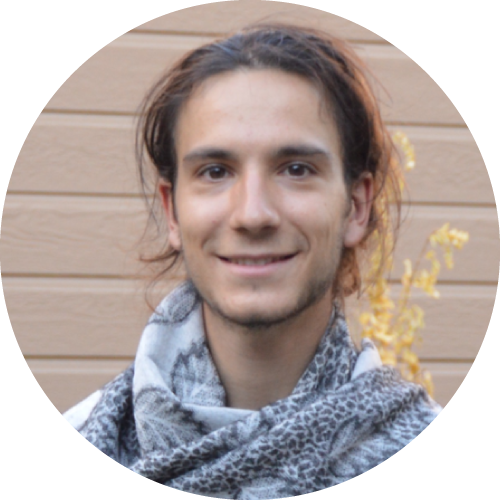Name:
Bingkun Qi
Department:
Project Title:
Investigation of Photonic Zero Mode and the Underlying Non-Hermitian Particle-Hole Symmetry
Website:
I was born in Weifang, China, in 1992. After getting a B.S. in Physics with honors in 2014 from Fudan University in Shanghai, China, I joined the CUNY Physics PhD program through the Mini-CUSPEA program. I joined Professor Li Ge’s group at CSI in 2016, and my research interests center on theoretical photonics, especially non-Hermitian symmetries and photonic zero mode. My research has been published in academic journals like PRL.
Beyond my research, my time is mainly spent exercising and singing. I have performed during the New Year Party of Peking/Fudan University Alumni in NY.
Project
This project aims to investigate photonic zero mode and the underlying non-Hermitian particle-hole (NHPH) symmetry. Based on our previous findings, a non-Hermitian zero mode and flat band can be formed as the result of NHPH symmetry. Unlike parity-time (PT) symmetry, which has been investigated widely, NHPH symmetry is relatively new and remains largely unexplored. In this project, we plan to investigate a range of novel topics to unveil the unusual properties of topology and symmetry-enabled phenomena in lasers and other non-Hermitian photonic media, which could lead to a new generation of sophisticated photonic devices. More specifically, it includes the following three phenomena: 1) The linear localization of photonic zero mode; 2) Topological edge states in non-Hermitian photonic media; and 3) Photonic topological states in imaginary time. If successful, this project may open a new frontier in non-Hermitian quantum theory and have a considerable impact on lasers and other photonic devices.
Photonics is the study of the propagation of light in the periodic optical structure. Unlike in normal media, like air or glass, band structures exist in photonics, meaning only light with certain frequency can propagate in the system. The bulk mode or extended mode in photonics means the light can propagate in the whole structure in a certain way. The photonic zero mode is a special and interesting one which only exists at the edge: its frequency is the same as the fundamental mode of a single unit, which is in the gap of the photonic band, and it is localized in the edge or interface as an exponential decay behavior. In other words, the bulk mode is extended and the gap or zero mode is exponential decay in most cases. These properties enable people complete control over light
Starting in the summer of 2016, I began theoretical research on non-Hermitian (NH) photonics, especially the NH symmetries, under the supervision of Prof. Li Ge of the College of Staten Island. Non-Hermiticity is applied to describe the open system, which is an active and productive research area nowadays. From one result of our previous research, the non-Hermitian photonic zero mode (NHPZM) exists in the system with the non-Hermitian particle-hole (NHPH) symmetry, spontaneously [i]. The NHPZM can be used to constructed NH flat band, in which the frequencies of the propagated modes are all the same.
In the summer of 2018, I focused on “Linear localization of non-Hermitian photonic zero mode” with the support of the Science Pre-Dissertation (Raucci) Fellowship. Prof. Ge and I showed that a NHPZM can exhibit an unusual behavior at the transition between extended and localized regimes: it displays a linearly decreasing amplitude as a function of space in a weakly coupled NH photonic crystal. Through the discussion of a linear homogeneous recurrence relation, we attribute this phenomenon to the underlying NHPH symmetry and the zeroness of its energy eigenvalue. This theoretical prediction can be realized in a computational simulation based on evanescently coupled InP waveguides. This result was a drafted manuscript that is currently under review for publication. It was also presented in several conferences, including the Max-Planck Workshop on Synthetic Non-Hermitian Photonic Structures in Dresden, Germany and Frontiers in Optics/Laser Science Conference (FiO/LS) in Washington, D.C. I am now visiting Prof. Renmin Ma’s group in Peking University, China. For the next few months, we will work together for experimental realization of “linear localization.”
This project is to investigate a range of novel topics to unveil the unusual properties of symmetry enabled phenomena in lasers and other NH photonic media, which could lead to a new generation of photonic devices. In my dissertation, I plan to summarize the basic properties of NH symmetries and photonic zero mode based on my research. This project will be the core section of my dissertation. I hope that the results of this project will attract others’ interest and will be helpful for further study.
[i] B. Qi, L. Zhang, and Li Ge, Phys. Rev. Lett. 120, 093901 (2018).
